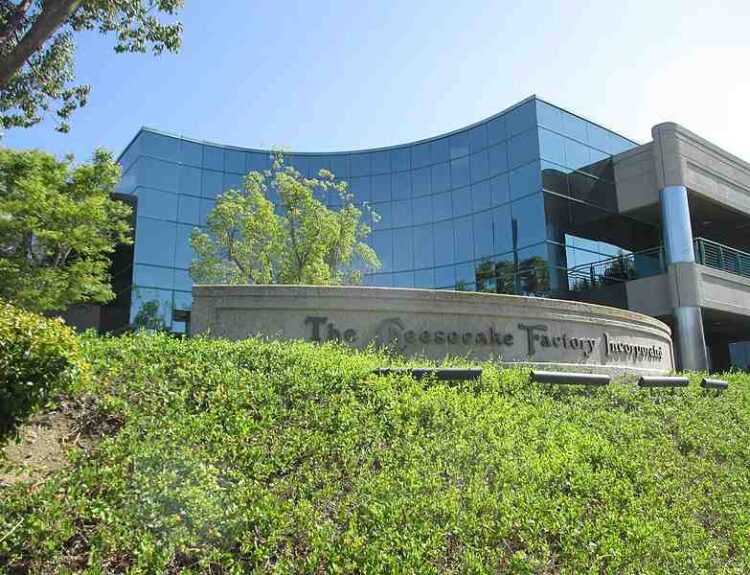Bringing down a huge space complex will take time.
- The International Space Station (ISS) will take 12 to 18 months to be pushed into Earth’s atmosphere after drifting down from its normal orbit.
- NASA plans for the astronauts to leave about six months before the final reentry.
- SpaceX’s deorbit vehicle for the ISS will be based on the Dragon spacecraft design.
- SpaceX’s approach to the deorbit vehicle increases reliability and reduces risk.
- The end date of the ISS depends on when new commercial station replacements are ready.
The International Space Station (ISS) is expected to reach the end of its life in the 2030s, but it will take a significant amount of time for the orbiting lab to be officially decommissioned. NASA plans to use SpaceX’s newly commissioned reentry vehicle to push the ISS into Earth’s atmosphere, but this will only happen after the complex has drifted down from its normal orbit, which could take 12 to 18 months. The crew will remain on board as long as possible to maintain and keep the station healthy. About six months before the final reentry, the astronauts will leave the ISS as it reaches a lower orbit of about 220 kilometers. NASA has selected SpaceX’s Dragon spacecraft design for the deorbit vehicle, which will include an enhanced trunk section with additional propellant tanks and customized systems for the mission. SpaceX’s approach to the deorbit vehicle has been praised for its reliability and use of NASA-certified hardware. The end date of the ISS depends on the readiness of new commercial station replacements funded by NASA. Keeping experiments running on the U.S. side of the ISS is important for financial and policy reasons, as China’s Tiangong space station could take over the low-Earth orbit market if the U.S. lets go of the ISS early.·
Factuality Level: 3
Factuality Justification: The article provides detailed information about the deorbit plan for the International Space Station, including the involvement of SpaceX and NASA’s selection process. However, it includes unnecessary background information about SpaceX’s operations, unrelated details about Russia’s departure from the ISS consortium, and speculative information about future commercial space stations. The article also includes biased language towards SpaceX and unnecessary repetition of information.·
Noise Level: 3
Noise Justification: The article provides detailed information about the plans for the International Space Station’s replacement and the SpaceX deorbit vehicle. It includes relevant quotes from NASA officials and SpaceX representatives. However, the article includes some irrelevant information about SpaceX’s other projects and competitors, which detracts from the main topic.·
Public Companies: SpaceX (Private), Northrop Grumman (NG), Amazon (Public), Boeing (Public), Lockheed Martin (Public)
Private Companies: Axiom Space,Blue Origin,Sierra Space,Voyager Space,Vast Space
Key People: Dana Weigel (ISS program manager), Sarah Walker (Director of Dragon mission management at SpaceX), Elon Musk (CEO of SpaceX), Steve Stich (Manager of the commercial crew program at NASA’s Johnson Space Center)
Financial Relevance: No
Financial Markets Impacted: No
Financial Rating Justification: The article primarily discusses the plans for the deorbiting of the International Space Station and the selection of SpaceX for the development of the deorbit vehicle. It does not pertain to financial topics or events that impact financial markets or companies.·
Presence Of Extreme Event: No
Nature Of Extreme Event: No
Impact Rating Of The Extreme Event: No
Extreme Rating Justification: There is no extreme event mentioned in the article.·
 www.space.com
www.space.com 





